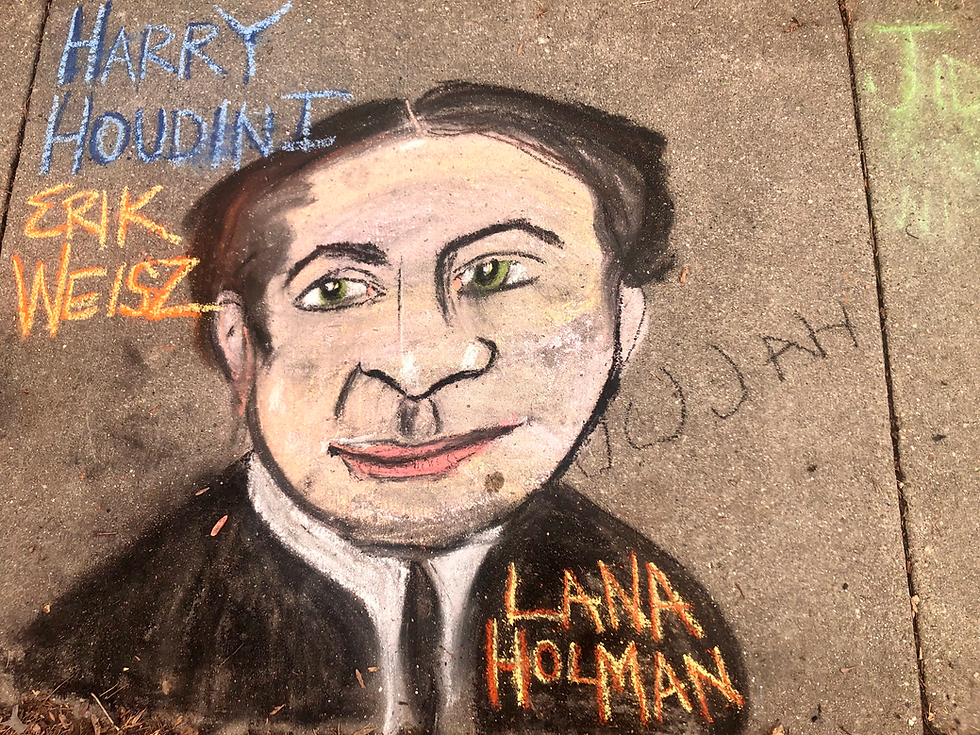Faces of Milwaukee: Mathilde Anneke
- Eli
- Sep 5, 2021
- 2 min read

The subject of today's portrait, Mathilde Anneke, was ahead of her time in many ways. She was a radical and a feminist when those concepts were still in their infancy, and was an early and outspoken supporter of the Union and the abolitionist cause. Born in 1817 into a wealthy family in what was at the time Prussia, she received an extensive formal education and was immersed in the world of the liberal elite. During her teenage years, her family lost its wealth due to poor investments and at 19 she was married off to a wine merchant in exchange for settling her father's debt to him. After suffering through a year of his abuse and drinking, she tried to leave him and learned how difficult it was for her as a woman, even in these circumstances, to obtain a divorce and get custody of her infant daughter. This struggle drove her to become an advocate for women's rights, and to fight for others in similar unjust situations.
With her formal education and a need to make money post-divorce, she began to write fiction, poetry, plays, and newspaper columns. Through her involvement with the radical liberation movements of the late 1840s, she met her second husband Fritz Anneke. He was a socialist and former soldier, and they shared the same vision of a democratic, egalitarian Germany. After their marriage in 1847, she published Das Weib im Conflict mit den socialen Verhältnissen (Woman in Conflict with Society), which argued that society and in particular the Catholic Church were responsible for defining marriage in a way that effectively enslaved women. She and Fritz moved to Cologne and started a daily paper advocating for economic and social change which eventually landed Fritz in jail and she was forced to produce the paper by herself. After his release, he left to fight with the revolutionary forces in the southern provinces. She supported the effort conveying messages on horseback and publishing an insider account of the effort. When the revolution was defeated in 1849, the family was forced to flee to the US. They landed in Milwaukee to join relatives who had previously emigrated.
In Milwaukee in 1852, she began publication of the suffrage newspaper Deutsche Frauen-Zeitung. However, opposition from organized male printers forced her to cease publication after six issues. After some time in New Jersey, she returned to Milwaukee and connected with Mary Booth, a prominent Abolitionist. They began a relationship that some historians have characterized as romantic, but others suggest was simply a close friendship common for that era. The pair moved to Zurich together along with Fritz in 1860, but he left the following year to fight in the American Civil War, while Anneke and Booth raised three of their children together and wrote abolitionist fiction. After the war she returned to Milwaukee and founded a private girls' school with classes in a variety of subjects taught in German. She remained politically active, representing Wisconsin at the National Woman Suffrage Association’s founding in 1869, and helping to found the Wisconsin Woman Suffrage Association. She continued to write, speak, and organize for suffrage until her death in 1884.



Comments